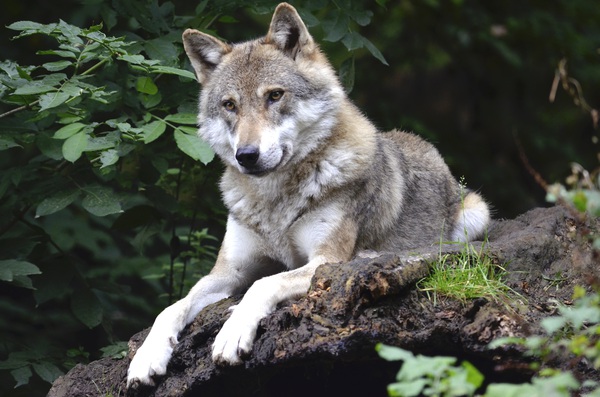
Role-playing activities in the classroom promote students’ critical thinking, research, and communication skills. We present an activity where students debate a current controversy in conservation. In our case study, students debate the topic of wolf reintroduction in California. Each student is assigned a stakeholder role (e.g., rancher, environmental scientist, hunter, or politician) and a position (either pro or con). First, the whole class participates in a vote on the debate topic so as to register pre-debate sentiment. Then, in the first part of the activity (75 minutes or as homework), students prepare arguments with others representing their stakeholder group by reading the primary and secondary literature and answering guided questions. In the second part of the activity (75 minutes), students participate in a live debate divided into three sections: introductory arguments, questions from the jury, and concluding arguments. The whole class then votes again to decide the winner of the debate, leading to a discussion about which factors do and do not lead to changes in understanding and opinion. The interdisciplinary nature of this activity reinforces student knowledge on ecological networks, keystone species, and natural history, as well as introduces the importance of non-scientific stakeholders in conservation. While this case study focuses on the reintroduction of wolves in California, the activity can be adapted to the reintroduction of controversial species in other regions, or used as a framework for any debatable topic in conservation biology.
Primary Image: The reintroduction of the gray wolf Canis lupus is a controversial topic in conservation biology and environmental policy.

Gillian Schultz onto Env Bio
@
on